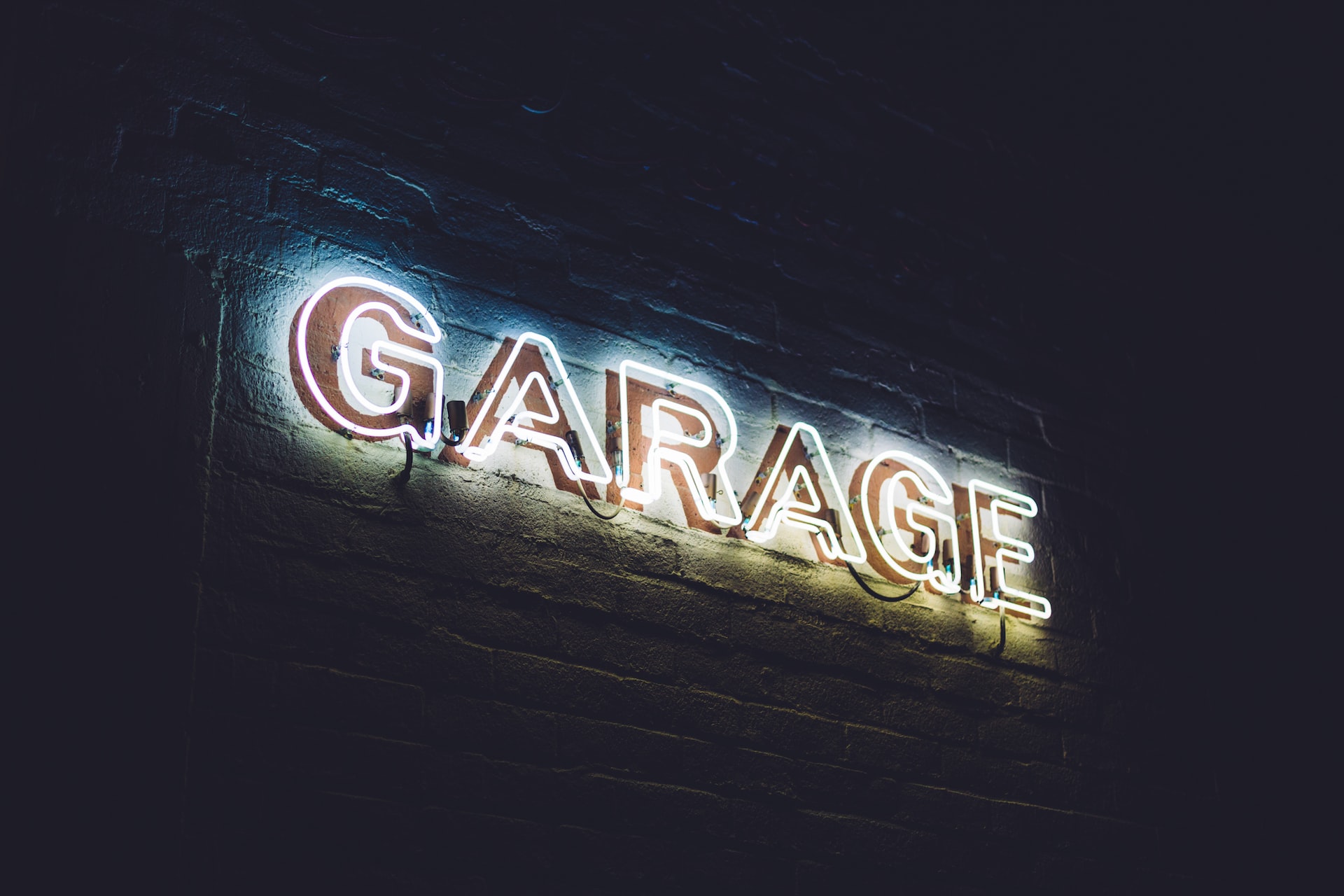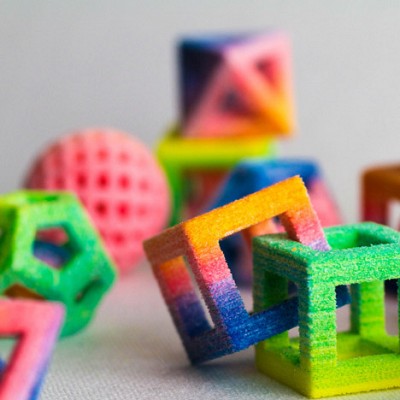Soundproofing your garage is essential for creating a peaceful environment, blocking out both external and internal noise, and providing an optimal level of privacy. Soundproofing a garage is especially vital in a noisy area, such as a busy street or an industrial complex. Living close to these sources can make it difficult to relax and even cause stress,which makes soundproofing the garage essential.
It can also be helpful if you plan on using your garage for activities that require concentration, like working from home or practicing music. That gives you a conducive environment to work from without the distractions or disturbances of the outside world. Also, soundproofing your garage can be highly beneficial if you live in an area where noise complaints are common and could lead to fines.
This article covers the easiest ways to soundproof your garage. But "easy" is relative. It may mean using less effort, buying fewer supplies, or having less expertise. Here are some fruitful and simplest ways to achieve your goal.
1. Brick the Window
Glass is more porous than other materials and allows more noise to travel in and out. To prevent this, install bricks around the windows of your garage. Bricking the windows will block most of the sound coming in and out of your garage. It is the first step of how to soundproof a garage unless you have no windows installed already. In the latter case, you have nothing to worry about since you only have a solid wall to handle.
Use this technique if the garage is your home studio or music practice center. You will not need external views when practicing your drums, guitar, or vocals. Therefore, focus on keeping your noise from escaping and disturbing the neighbors. Determine the size of the bricks you need and buy enough to cover your window. Use mortar or cement to attach the bricks to your wall. Your mason should also be able to offer you more advice on how to do this properly.
2. Insulate the Walls
Insulating your garage walls is one of the easiest steps to achieve the soundproofing you desire. It involves putting some material between the garage walls and the outside world. Some popular materials for this purpose are fiberglass insulation, acoustic foam, and acoustic blankets. Ensure you cover the entire walls. For the corners, use acoustic foam wedges to absorb sound more efficiently.
Choose the material that will work best for your specific needs and budget. Insulating your garage walls can reduce noise from outside from entering and from the inside from escaping. Ensure you measure the wall accurately before purchasing materials. To fix the insulation, you may need to use screws, nails, and adhesive strips.
3. Insulate the Garage Door
Since your garage door must open and close, you will need to use a specific type of insulation for this purpose. This technique is achievable by placing insulation between the door panels or applying soundproofing material to the back of the door. Using a double-layer foam sheet is an effective solution.
Install a weatherproof seal around the doorframes to help block sound from entering or leaving your garage. You can also buy an insulated garage door, which will provide a higher level of soundproofing but will be more expensive. Decide how much soundproofing you need and what insulation works best for your garage door.
4. Soundproof the Ceiling
Impact sound can be terrible. Hard solid surfaces, like the ceiling in your garage, can reflect sound and amplify it. That can be especially true if you are trying to use your garage for activities that require concentration, like working from home. To minimize the effects of impact sound, you can use acoustic foam panels on the garage ceiling and walls.
Also, you may want to add felt fabric between the acoustic foam panels, as it will help absorb sound more effectively.Another simple way to soundproof your garage ceiling is to hang heavy curtains or select a thicker fabric. It will be a noise barrier and reduce the sound that enters or leaves your garage.
5. Soundproofing the Floor
Does the floor also produce, amplify, or transmit noise? Yes! Floors can also be a weak spot in soundproofing because they are a surface that sends vibrations through the walls, ceiling, and other connected areas. Therefore, soundproofing the garage floor is essential for achieving noise-free conditions.
A couple of ways to do this include adding mass-loaded vinyl or padding between the subfloor and finished flooring or using acoustic foam tiles that reduce vibrations by absorbing the energy of sound waves. Also, rugs made from sound-absorbing materials can help reduce the amount of sound produced when walking, running, or playing in the garage. The best ones to use are those made from thick wool or cotton.
6. Change Your Furniture
Echo is a terrible disturbance, making you less productive and more irritable. It mostly happens when the garage is too empty. Assuming you sold your car and want to use the space for a home office, you want it to be as quiet as possible. After soundproofing the walls, door, floor, and ceiling, you will realize that the room is still too echoing.
To fix this problem, you should consider changing your furniture arrangement or adding more items to the room. Place furniture along the walls, like bookcases, desks, and chairs. That will help to break up the sound waves and reduce echoing in your garage. Also, use soft furniture, like a rug or bean bag chair, to absorb the sound. You will notice the effectiveness of this technique if you record yourself practicing music in the garage.
Summing Up
Sound pollution can be a significant problem, especially if you live in a noisy area. To reduce noise in your garage and create a more peaceful environment, soundproof the walls, door, ceiling, and floor. Additionally, adding weatherproof seals to the door frames and changing your furniture arrangement or adding more items to the room will help reduce sound levels. The materials you use determine the level of insulation you can achieve.






































